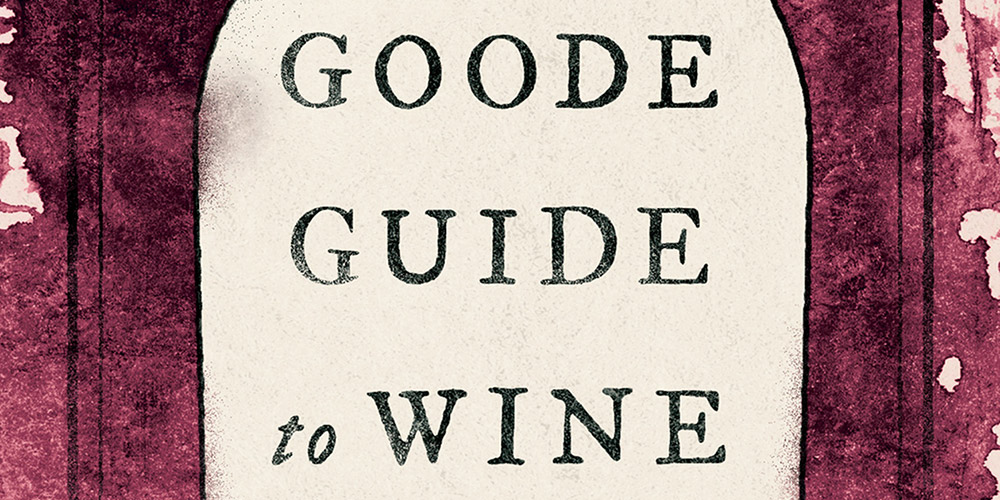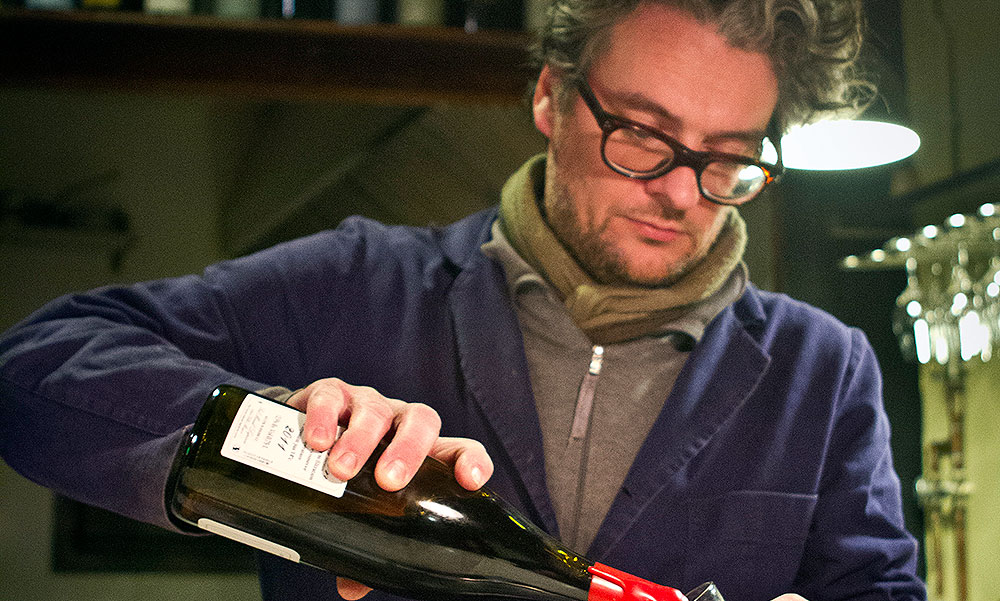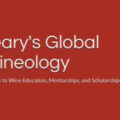There are few writers such as Alice Feiring that can achieve such an impressive level of discussions and heated debates in the world of wine without having to constantly-wallow in dead-end Twitter spats. Remember that back in 2009, she’d made the claim in a book title that she’d, “Saved the World from Parkerization“. A bold statement for sure, but it’s this self-confident, anti-establishment, headline-grabbing approach which has defined her writing throughout her career as a book, article, and blog author. It’s a style that’s something like being the Donald Trump […]


